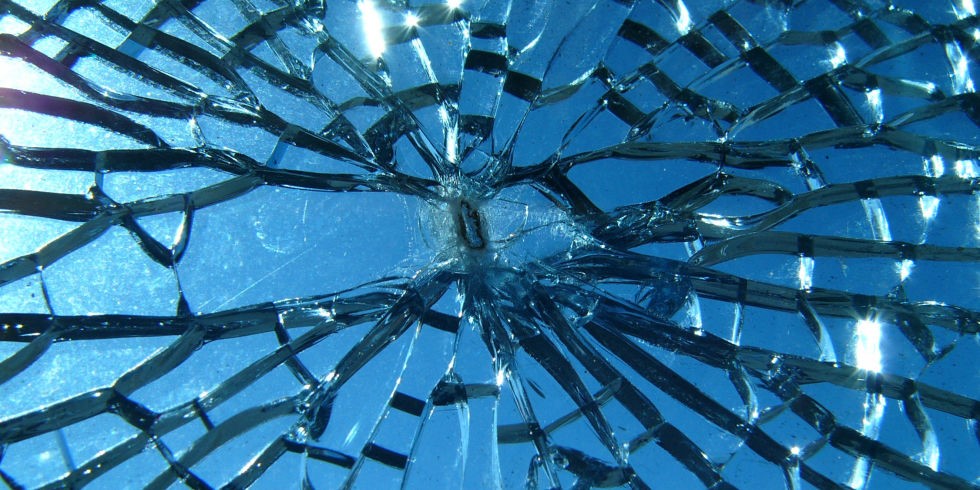Tempered glass
With a resistivity of about four times that of ordinary glass, the Tempered glass, after breaking into pieces and small particles, does not have sharp edges and is harmless. As a result, in places where the issue of human safety is a priority, such as external views of buildings and indoor spaces of public places and places where glass is used in large areas, they are used as single-glazed glasses or are used in the laminate and double-glazed windows structure.

Production technology
In order to place the glass under the heating process, first, initial steps are taken including the cutting of the glass in the desired dimensions and the diamond process on the edges and washing. Next, the glass is examined and monitored in the quality control unit to avoid defects such as bubbles, scratches and ... which impair the performance of the glass. If the quality control unit approves the glass, It enters the heating process by passing through the horizontal rollers. The furnace passes glass through the cooling oven with a temperature of more than 600 degrees Celsius. During this process, which takes only a few seconds, high pressure air hits the glass surface through special nozzles. Cooling the outer surfaces is far faster than the center. Therefore, the outer surfaces shrink after cooling, and the surface prevents the contraction of the center with the onset of the cooling process of the glass center and thus the stress remains in the center. This increases the resistive properties of the glass by increasing the compressive stress at the outer surfaces. The heated glass will break at a stress of about 41380 KPa. According to international standards, glass should be able to withstand a pressure of about 44,500 Newton or more. In general, this type of glass breaks at a pressure of about 106800 Newton.
Tempered glass production line of The Almas Shishe Jahan Nama Company is equipped with the most advanced Tempered glass furnaces to produce full temper glass with minimal distortion. In this case, in the event of breakage of the glass, it falls with small granular pieces instead of becoming jagged glass-dust. Small granular glass particles cause less damage and prevent injuries to the body.
